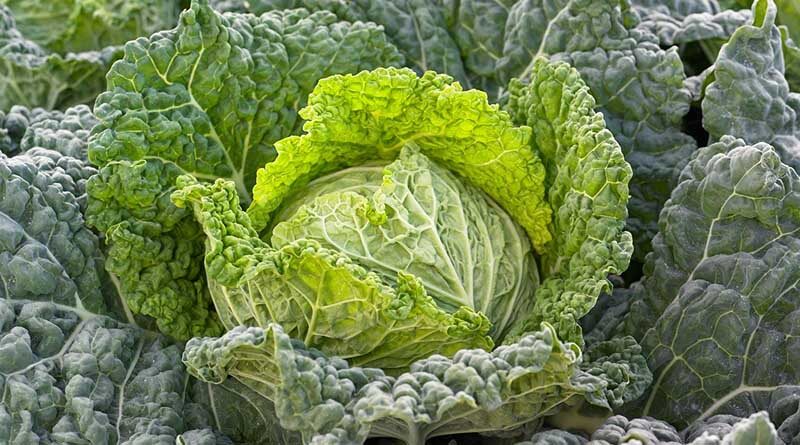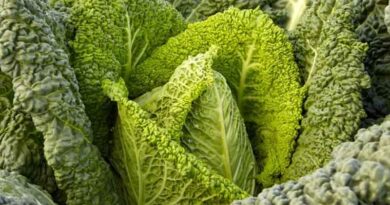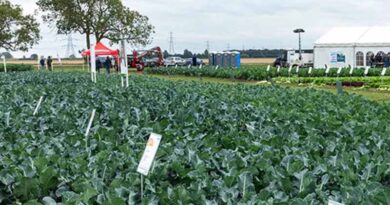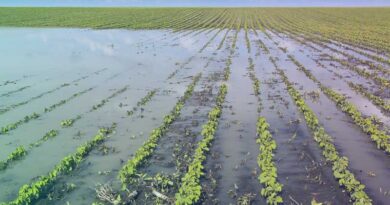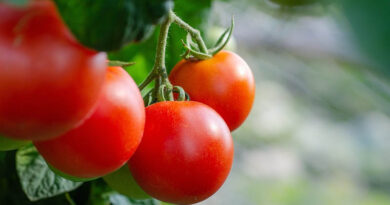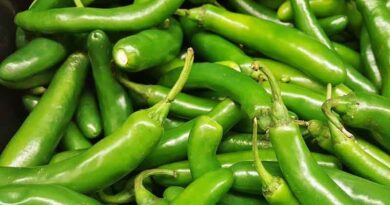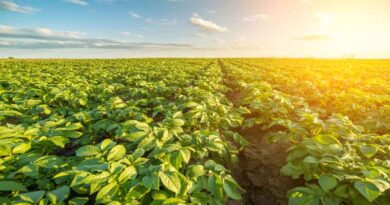High-quality savoy by Syngenta
First to market with early season savoy cabbage gives growers better chance to secure season long supply contracts.
30 September 2021, UK: The early summer season, supplying the strongly emerging high premium stir-fry and salad markets, as well as traditional savoy uses, can pay dividends for June and July production – with Preludium (in picture) consistently the first variety to reliably reach retailers and processors.
Then, with the vagaries of the British weather dictating just when the lucrative salad and summer season kicks in, it’s the holding ability of the follow-on variety, Atractum, that is really turning growers’ heads.
Atractum can give at least 20 days longer harvest window in the field, compared to other savoy varieties in the summer production slot, reports Syngenta brassica specialist, Nigel Kingston.
“That could be crucial with weather induced shifts in demand from customers, and still help to assure consistent supply of the high-quality fresh savoy heads,” he advised.
“It’s a market absolutely driven by appearance, colour and crisp leaf structure. The genetics of Atractum ensure it will hold these key quality traits for longer, when others would be rapidly declining.”
Also Read: Agdia launches Rapid Isothermal Product for Detection of Fusarium Wilt Pathogen
As the industry strives towards reducing waste at every point in the production chain, the longer harvesting window enables a greater percentage cut rate. As well as helping with scheduling tight labour availability.
Delivering to the early season market does come with some associated higher costs, where harvesting as close as possible to a target of around 42,000 heads/hectare (17,000 – 19,000 heads/acre) important to increase returns, advocates Nigel.
“Savoy growers starting off the premium summer market with overwintered Preludium and Atractum, will ensure they are best placed to supply the whole season, with the full range of Syngenta field-sown varieties,” he enthused.
Overwinter start
For UK growers, late autumn sowing and overwinter plant raising can give a crucial week to 10 days earlier production to target the early market. It also gives greater resilience against increasingly difficult to predict early spring growing conditions.
Well-rooted vigorous varieties raised over winter, planted out under fleece in March, are typically better able to withstand the cooler temperatures and drier spring conditions experienced in recent seasons, compared to spring sown crops.
White cabbage quality
Over winter plant raising has shown to give significant boost for early season high-quality white cabbage production, with Syngenta varieties Kilacees and Elastor.
Providing the premium Danish-type coleslaw cabbage for UK growers, over winter plant raising gives up to 10 days advantage on the earliness of production and improved reliability.
Kilacees (above) is already renowned for its exceptional internal quality for coleslaw processing, with harvesting from late July. Furthermore, through varying plant spacings between 25,000 up to 60,000 per hectare, its equally capable of producing 1.0 kg heads up to 3.5 kg heads, for the pre-pack or processing market.
“That flexibility enables growers placing seed orders and plant raising space now, to still tailor field spacing to specific market opportunities in the spring,” advised Nigel Kingston.

